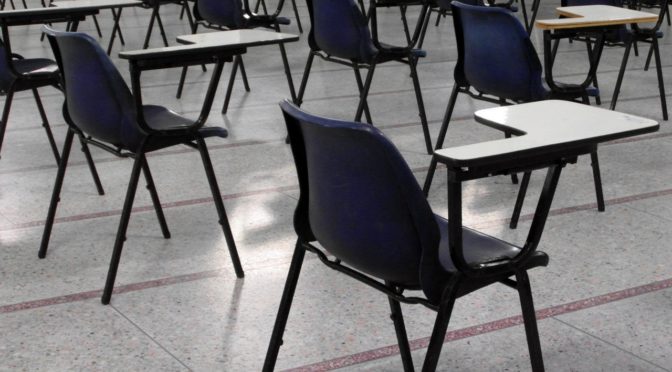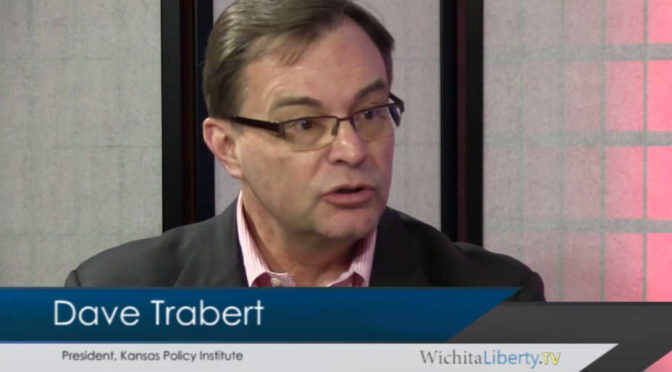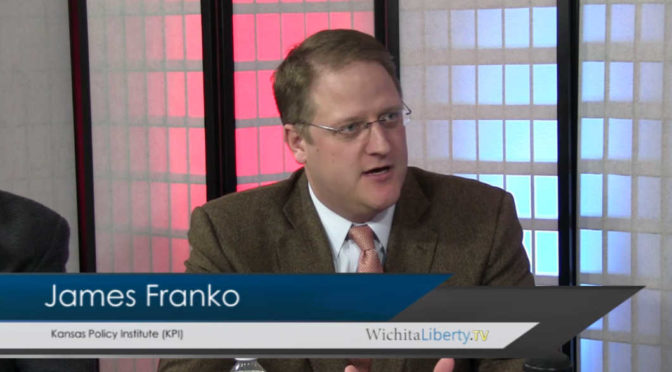Tag: School choice
-

Kansas tax credit scholarship program
An op-ed in the Wichita Eagle regarding school choice prompts uninformed and misinformed comments.
-

Project Wichita survey
The Project Wichita survey is about to end. Will it have collected useful data?
-

Does School Choice Kill Public Schools?
Conservatives and liberals alike are fearful about expanded school choice in Kansas, but will it really kill the public schools?
-

Dale Dennis, sage of Kansas school finance?
Is the state’s leading expert on school funding truly knowledgeable, or is he untrustworthy?
-

WichitaLiberty.TV: James Franko, Kansas Policy Institute
In this episode of WichitaLiberty.TV: James Franko of Kansas Policy Institute joins Bob Weeks and Karl Peterjohn. Topics are the new Kansas school finance bill and the new tax bill.
-

WichitaLiberty.TV: Author Shari Howard McMinn
Author and former Wichitan Shari Howard McMinn discusses her new book on adoption and her experiences with homeschooling.
-

WichitaLiberty.TV: Kansas Policy Institute President Dave Trabert
Kansas Policy Institute Dave Trabert joins Bob Weeks and Karl Peterjohn to discuss the Kansas economy, budget, and schools.
-

Wrong direction for Wichita public schools
A letter in the Wichita Eagle illustrates harmful attitudes and beliefs of the public school establishment.
-

WichitaLiberty.TV: James Franko of Kansas Policy Institute
James Franko of Kansas Policy Institute joins Bob Weeks and Karl Peterjohn to discuss education in Kansas and the state budget.
-

WichitaLiberty.TV: Kansas politics, school choice, and asset forfeiture
Co-host Karl Peterjohn joins Bob Weeks to discuss a few big developments in Kansas politics, school choice, and civil asset forfeiture.
-

Accountability in Kansas public schools
Critics of school choice say there is no accountability outside the traditional public schools. Here are the standards Kansas used to hold its schools accountable.
-

School choice in Kansas: Some have it. Many do not.
Kansas non-profit executives work to deny low-income families the school choice opportunities that executive salaries can afford.